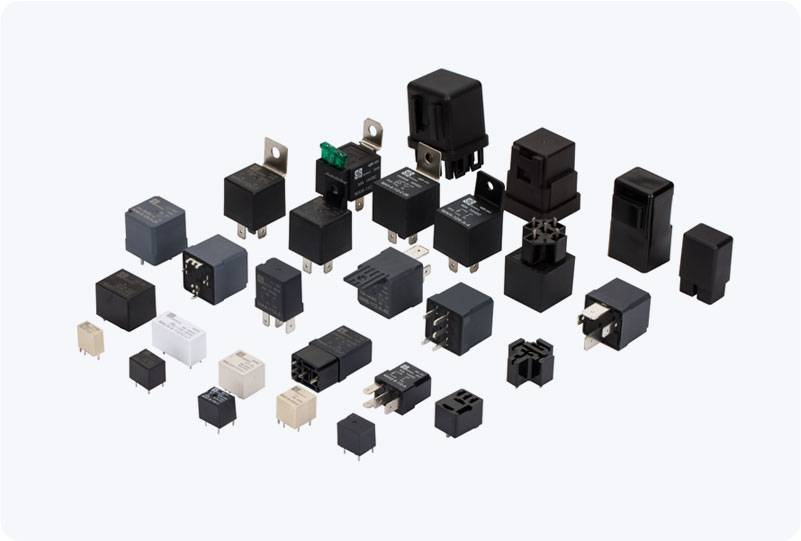automotive relay for headlights: enhancing vehicle lighting efficiency and safety
Release time:2025-10-19 18:48:39
Automotive electrical systems are intricate networks designed to power various components and ensure smooth vehicle operation. Among the many components that make up this system, the Automotive relay for headlights plays a critical role in providing reliable illumination and protecting the vehicle’s electrical infrastructure. In this article, we will explore the function, importance, and benefits of Automotive relays for headlights, along with how they contribute to the overall safety and longevity of a vehicle.

The Role of
Automotive relay for Headlights
The headlight relay is an essential part of the vehicle’s lighting system, designed to manage the high electrical load required to power headlights. Typically, headlights draw significant current, which can be damaging if it were to pass through regular switches and wiring. A relay serves as an electrically-operated switch that controls this high current safely and efficiently.
When the driver turns on the headlight switch, a low-current signal is sent to the relay. The relay, in turn, activates a high-current circuit that supplies power directly from the battery to the headlights. This ensures that the headlights operate at full brightness without overloading other components or electrical wiring. The relay essentially acts as an intermediary between the low-power switch and the high-power headlights, allowing both systems to function without interference.

